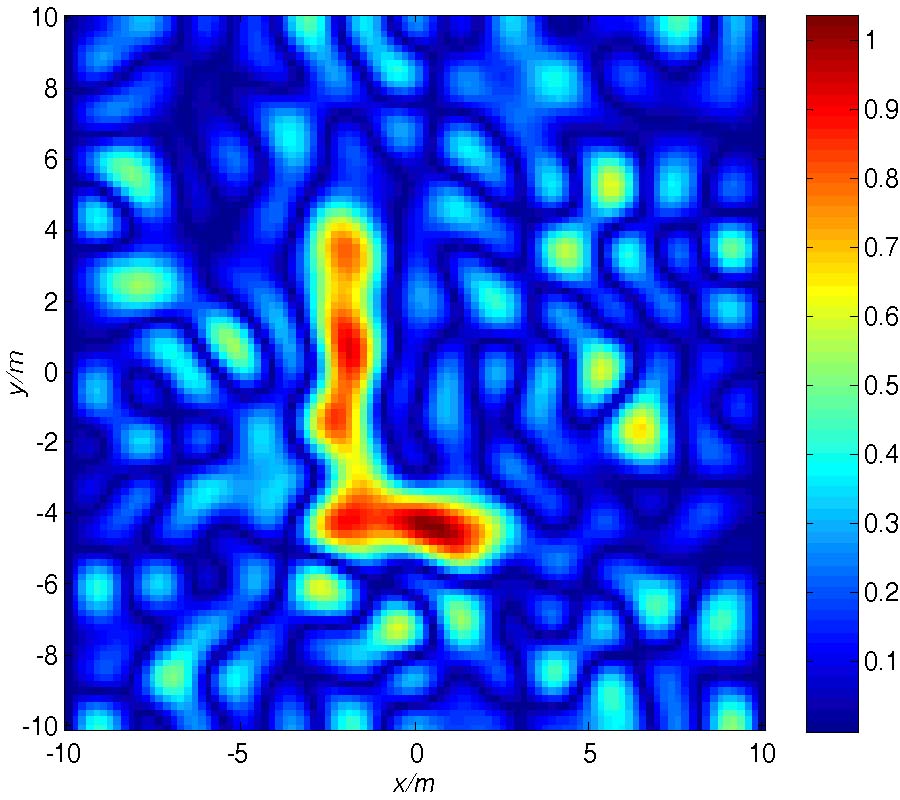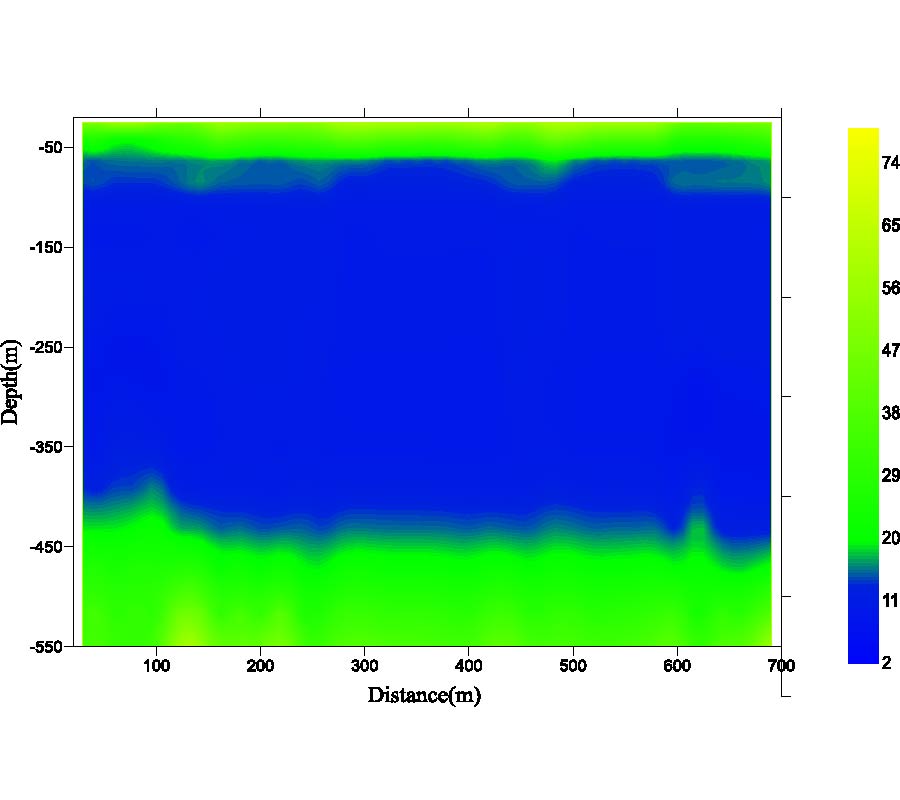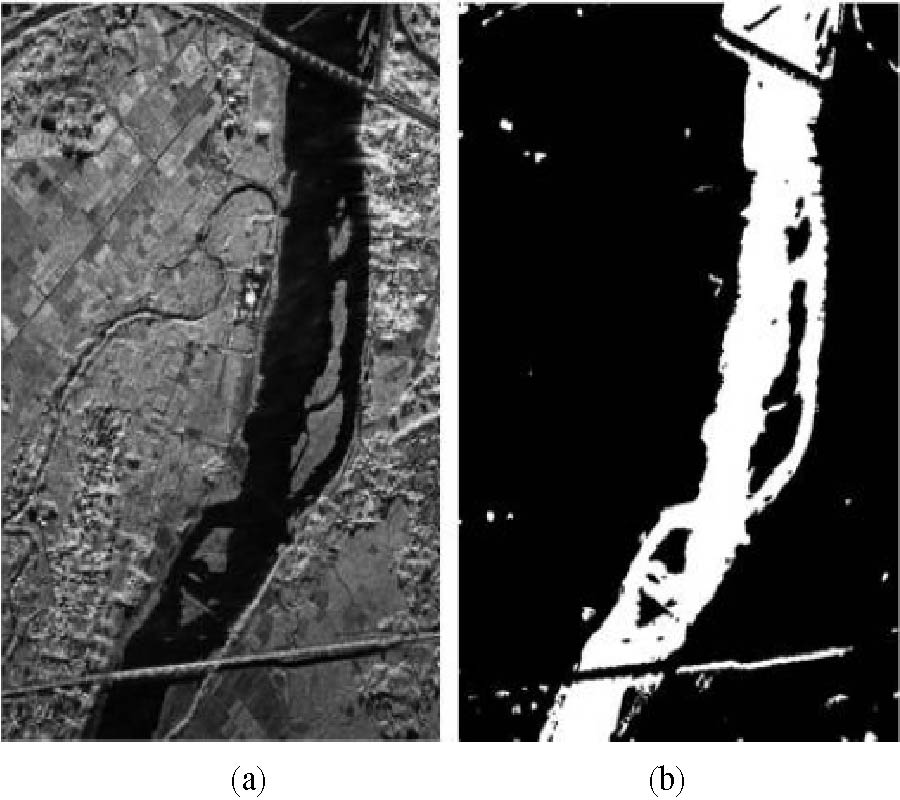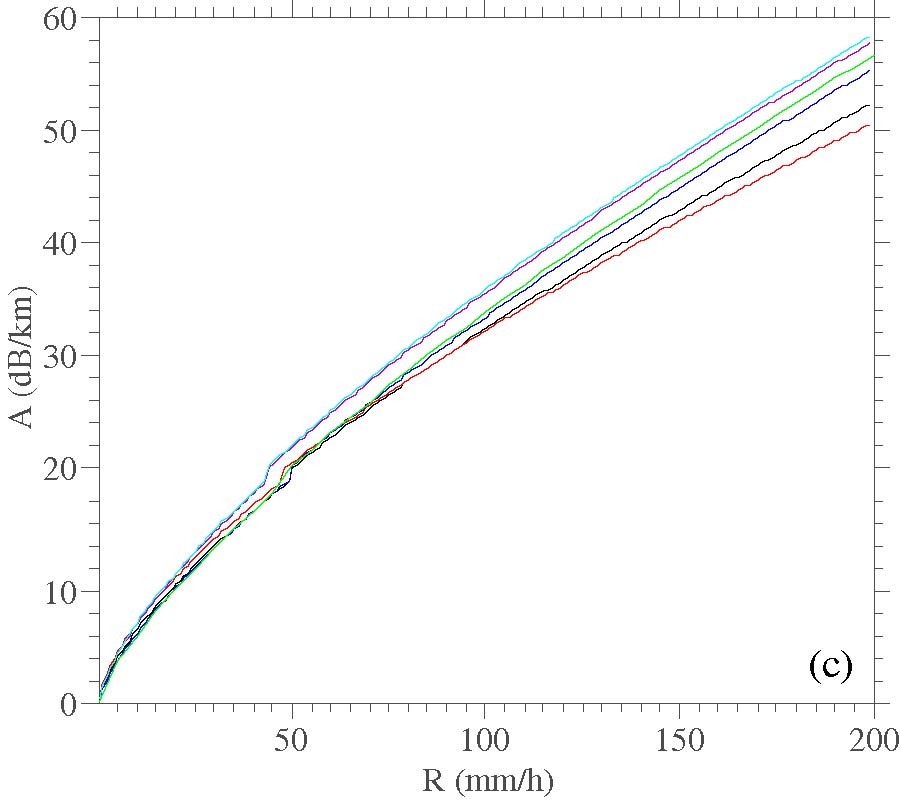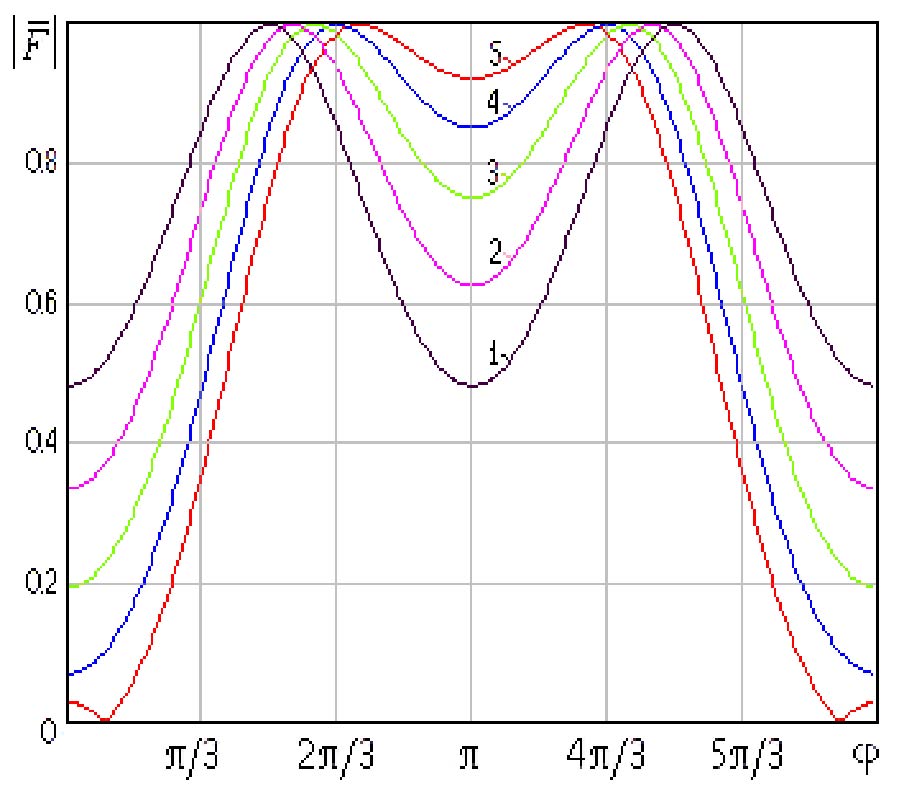Regional and Diurnal Variations of Rain Attenuation Obtained from Measurement of Raindrop Size Distribution Over
Indonesia at Ku, Ka and W Bands
Fadli Nauval
,
Marzuki Marzuki
and
Hiroyuki Hashiguchi
The measured raindrop size distribution (DSD) and the ITU-R model have been used to elucidate the regional and diurnal variations of rain attenuation in Indonesia, for Ku-band (13.6 GHz), Ka-band (35.6 GHz), and W-band (96 GHz) frequencies. The DSDs were measured by the Parsivel disdrometer at Kototabang (KT; 100.32˚E, 0.20˚S), Padang (PD; 100:21˚E, 0:57˚S), Pontianak (PT; 109:37˚E, 0:00˚S), Manado (MN; 124:92˚E, 1:55˚N) and Biak (BK; 136:10˚E, 1:18˚S). In general, PD, KT and PT have lower rain attenuation than those at MN and BK, for the same rainfall rate, due to lower concentration of small-sized drops at these sites as reported by a previous study. Considerable differences between the attenuation obtained from the DSD and the ITU-R model are observed at all locations, in particular for very heavy rainfall (R > 50 mm/h). For R < 50 mm/h, the specific rain attenuation of measured DSD is in fairly good agreement with that obtained from the ITU-R model. The specific rain attenuation obtained from the DSD shows diurnal variation, in agreement with a previous study at KT. The diurnal variation of rain attenuation is dependent on the frequency and rainfall rate. At KT and PT, the lowest rain attenuation for Ku-band is observed during 06:00-12:00 LT, but during this period the largest attenuation is observed for Ka- and W-bands. These phenomena may be due to the increasing role of small and medium-sized drops by increasing frequency.





